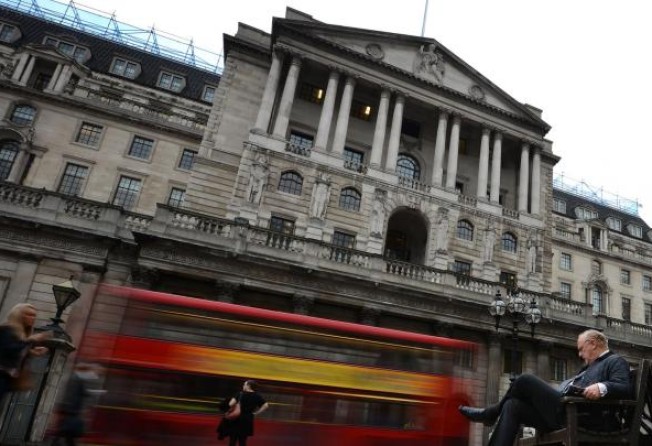British central banker warns on dangers of mega banks
Authoritative British central banker warns that a financial catastrophe of gigantic proportions looms unless the monster banks are broken up

One of the world's brightest central bank regulators has evoked film star monsters King Kong and Godzilla to support his claims that the world's biggest banks must be broken up to prevent a gigantic catastrophe.
Andy Haldane's suggestion that the optimum size for a bank's assets is US$100 billion may surprise the big bankers who have delighted in claiming the economic efficiencies of size and scale, along with their fat salaries.
His recommendations of increasing banks' loss-absorbing capital buffers, "placing limits on bank size" or imposing a "full separation of investment and commercial banking" may worry them, especially given Haldane's growing reputation as one of the brightest brains of central banking.
As executive director of the Bank of England responsible for financial stability, he is an influential figure. He also is one of a rare breed of financial regulators who have a clear mastery of the often dark and dismal details of economics and finance, along with a stunning gift for an evocative image. Enter King Kong and Godzilla.
In cinema and comic book legend the two monsters have acquired heroic status, though whether we would want either monster with their huge mass, small brain and enormous destructive power to manage our money or take any intelligent decision on our behalf is doubtful.
Haldane's lecture title last week was "Being the right size", drawn from an article by evolutionary biologist J.B.S. Haldane (no relation) who said that the size of an object, institution or animal determined their structure. "As their size rose, their structure needed to strengthen more than proportionately if they were to remain robust and resilient," said Andy Haldane, who then went on to remind his audience of the "square-cubed" law.
In essence, a proportional rise in an object's size causes its area to rise by the square and its volume by the cube. It explains, added Haldane, why a flea, even if the size of a man, would not be able of jumping to the moon, why a hippopotamus cannot turn somersaults or why - drum roll, please - "King Kong and Godzilla were physiological impossibilities - the weight transfer associated with a single step would have shattered their thigh bones."
So goodbye, King Kong. But the King Kong banks survive, actually bigger today than they were before the 2008 financial crisis. Haldane is not convinced by claims that myriad attempts to solve the too-big-to-fail problem have succeeded, calling such boasts, "premature, probably over-optimistic (and) worse, they risk sending a false sense of crisis comfort".
He then does some historical analysis, showing that for the century from 1870, financial deepening in 14 advanced countries grew modestly, with the ratio of average bank assets to GDP rising from 16 per cent to more than 70 per cent, or six percentage points per decade.
Since 1970, however, the ratio has risen to more than 200 per cent, at 30 percentage points per decade. The conventional economic wisdom was that this financial deepening provided a tail wind to economic growth.
However, Haldane adds that recent research has suggested a caveat that the tail wind turns round and becomes a head wind at a private credit to GDP ratio of between 80 per cent and 100 per cent.
The other big change in recent financial history has been the growth of the mega banks, most dramatically in the United States, where the share of the top three rose from 10 per cent to 40 per cent between 1990 and 2007. In Britain, Germany and Switzerland the rise in concentration of assets has been less rapid, but the concentration is more intense with the top three accounting for between 66 per cent and 75 per cent in the European trio.
This matters, says Haldane, because of escalating expectations of state support for the banking system, setting off a self-perpetuating "doom loop" of expectations generating lower funding costs for the biggest banks and encouraging more concentration, worsening the too-big-to-fail dilemma.
He estimates that from 2002 to 2007, "the implicit annual subsidy to the world's largest banks averaged US$70 billion a year using a ratings-based measure", or about 50 per cent of the average post-tax profits of the banks in the period.
But after the financial crisis, the implicit promise of guarantees became explicit as banks gained capital injections, guarantees and liquidity insurance. There will no doubt be howls of protest at some of Haldane's suggestions - just as people outside the financial pressure cooker will ask why it is taking authorities so long to get to grips with bankers whose mistakes have cost countries dearly and yet who reward themselves so extravagantly.